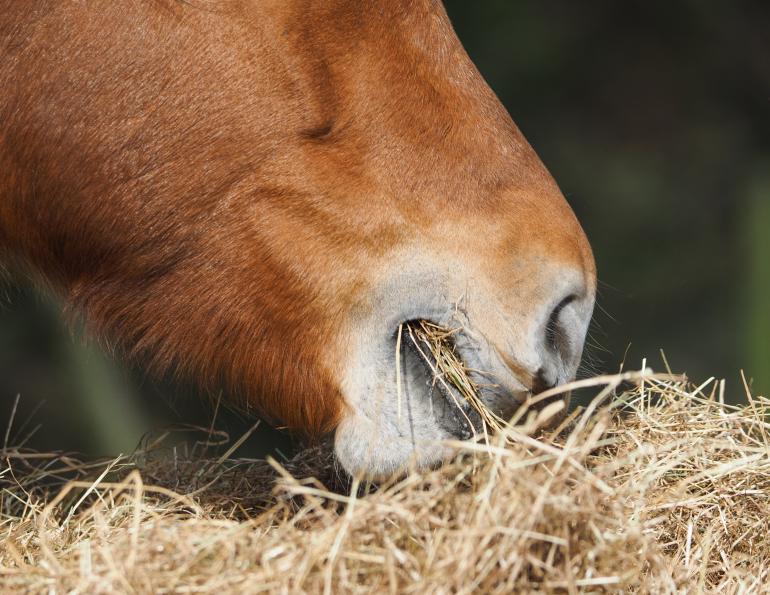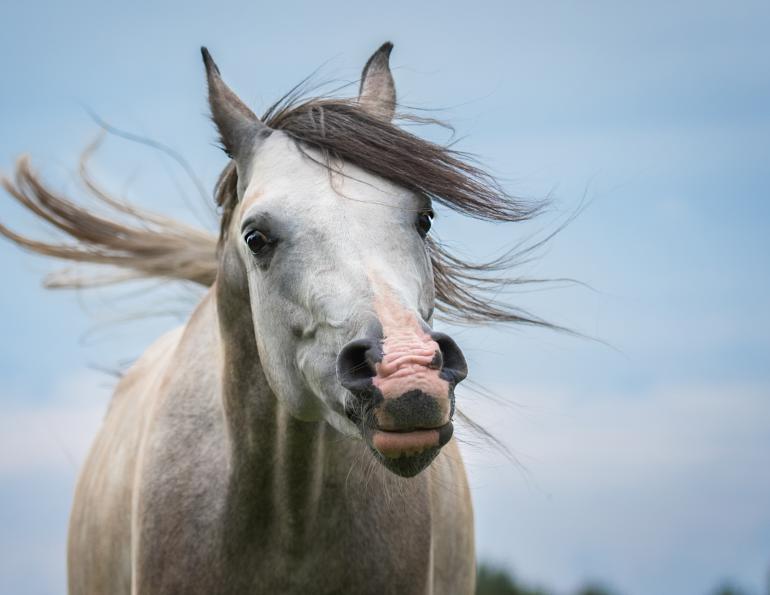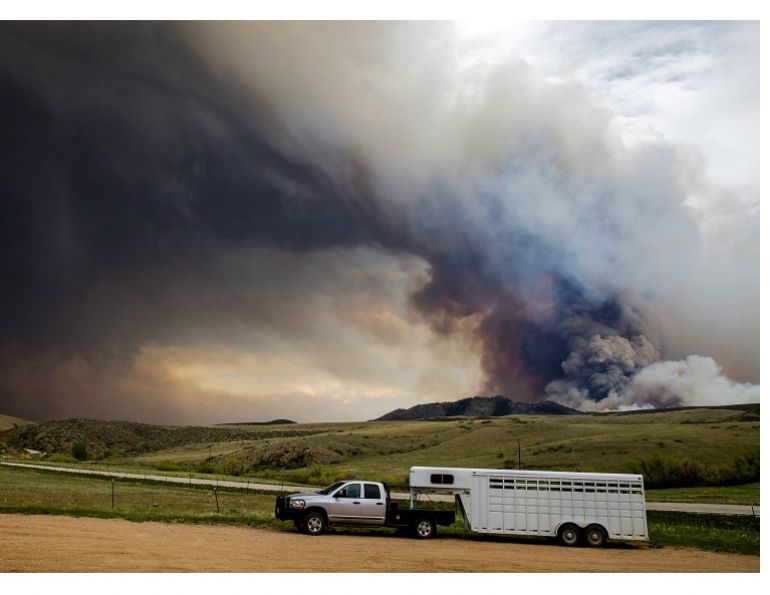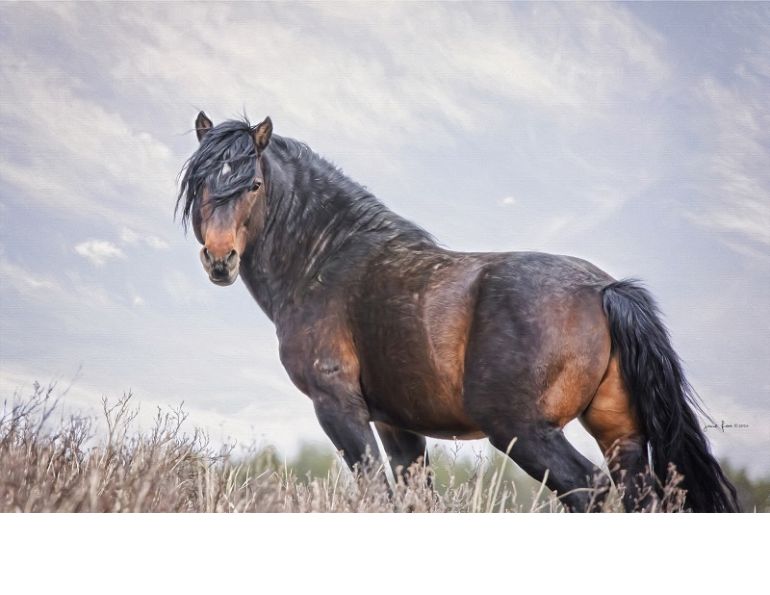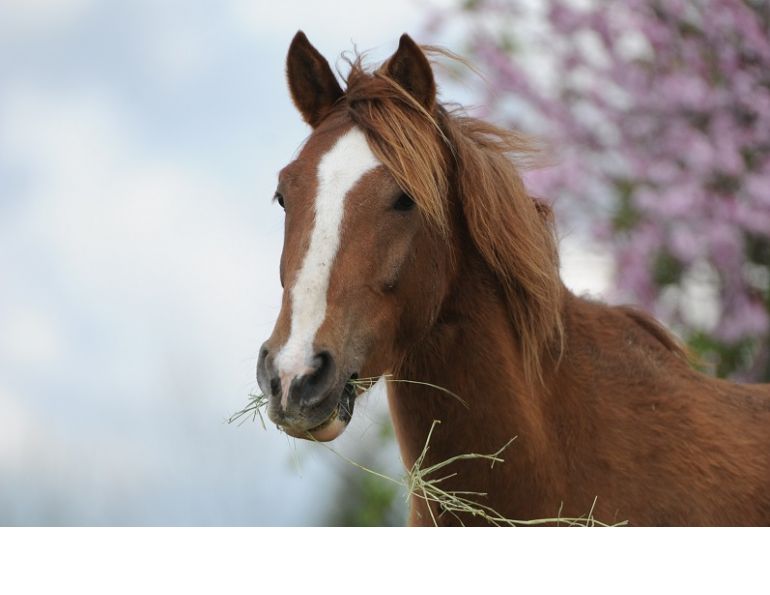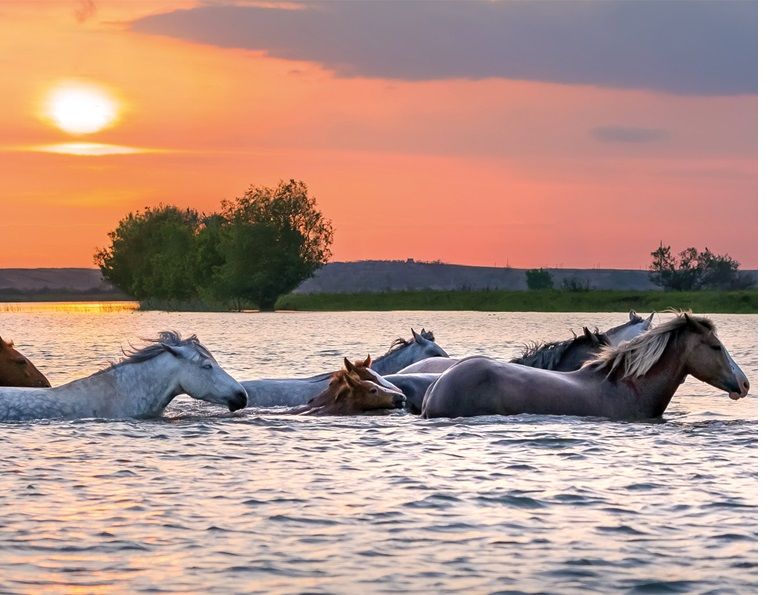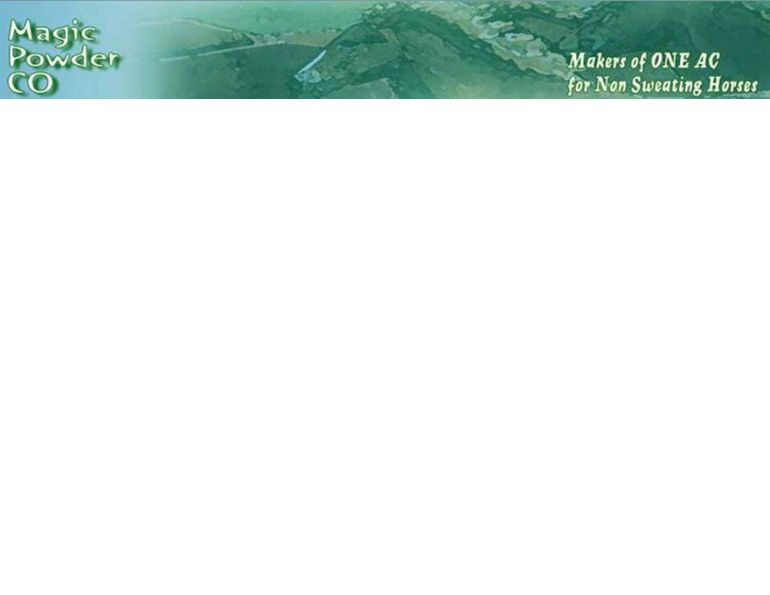By Margaret Evans
A donkey struggles down a rough, rock-strewn road. His heavy, uneven load of water drums presses into aching muscles. The crude harness cuts at already festered flesh. But he moves on, the stick his owner holds driving him forward with each sting.
Two brothers aged 12 and 14, both of them blind as a result of an improvised explosive device, ride their donkey from Dehsabz, their village in Kabul, to their little shop where they sell fruits, vegetables and cigarettes to support their widowed mother and sister. The donkey is used all day to deliver goods. In the evening the boys ride him home. The donkey is their eyes but he is constantly exhausted from lack of rest.
Across the Afghan landscape, a mule stumbles beneath a staggering weight of bricks, horses pull loads despite the torment from injury, hunger and thirst, and countless donkeys toil through pain and exhaustion.
The south Asian country of Afghanistan (just two-thirds the size of British Columbia) is a rugged world of highlands forming part of the Himalayas, jagged plateaus and fertile northern plains. Landlocked, it is bordered by six different countries, fed by glacial rivers and coloured with the vegetation of yew trees, hazel, juniper, walnut, wild peach, almond, honeysuckle, berries and roses. It sits at the crossroads of the Silk Road and notable warriors such as Alexander the Great and Genghis Khan left their mark on Afghan history.
The Afghan people represent a kaleidoscope of ethnic groups, communicate in 40 different languages (the official ones being Pashtu and Dari) and chatter in over 200 different dialects. But the traditional politics of the land has denied its 30 million people the potential for growth. As a result, 36 percent of the people live below the poverty line, many in small towns and villages where their lifeline is an equine.
The country has the twelfth highest density of working horses, donkeys, and mules in the world numbering more than 1.7 million animals. Their lives are tough and arduous and they work under the most challenging of conditions pulling and carrying heavy loads to and from markets, around towns and villages, or back and forth from brick kilns. Their basic needs for water, food, shelter, and rest are almost always overlooked and the animals are often worked to exhaustion. But in a harsh land steeped in the harshness of ancient culture and tradition, altering people’s habits is a daunting challenge.
Enter one extraordinary lady dedicated to change: Sonia Sahar.
For almost two years, Sahar has been trying to improve the lives of working equines through the commitments of village women and children. Born in 1975, she lives with her four children in the village of Gozargah, about five kilometres south of Kabul. Her home is a simple rented house with two rooms and a corridor which doubles as their kitchen and washroom. But similar as her life is to that of so many other Afghan women, it is also distinctly, and courageously, different.
In the face of resistance from village elders and the male population, Sahar has dedicated her life to teaching women and children how to care for their donkeys.
“The main inspiration factor was my personal interest and the needy animals,” said Sahar in an email interview. “When Taliban were ruling the country, women were not allowed to work outside their houses and I was managing my life by the income from the two donkeys we had at home. That time I witnessed how these poor animals were helping the needy people, but instead they were receiving no incentives except beatings. After I joined the DCA/Brooke project, I found the women and the children owners as the most effective resource people for bringing changes in the lives of the equine animals.”
The DCA/Brooke project is a joint partnership with The Dutch Committee for Afghanistan (DCA) and the Brooke Hospital for Animals, both of which are committed to working for the welfare of horses, donkeys, and mules.
The DCA is headquartered in The Netherlands and it was first formed just three months after the Soviets invaded Afghanistan in 1979. At first the focus was to help the people. But it quickly became clear that, since 80 percent of Afghans are dependent on livestock to varying degrees, the focus had to broaden to include veterinary services for their animals in order to ensure the most effective help. In 1994, DCA-VET was formed and its first veterinary training centre opened in Herat.
The Brooke Hospital for Animals is headquartered in London, England, and was founded in 1934 as a hospital for ex-war horses in Cairo, Egypt. It was the brainchild of Dorothy Brooke whose husband was a British army major general in World War I.
Sonia Sahar instructs children on the care of a donkey. Photo: The Brooke Hospital for Animals
Rather than returning the war horses to Britain after the war in 1918, the British military sold them into labour in Cairo. When Mrs. Brooke visited Egypt in 1930, she was horrified at the pitiful state of the once proud horses that had become walking skeletons. Once back in England, she raised funds to help the horses and bought 5000 of them, most of which were humanely euthanized. Her efforts launched the “Old War Horse Memorial Hospital” in 1934 with the promise of free veterinary care for horses, donkeys, and mules. It later became the Brooke Hospital for Animals.
Today, the Brooke works in ten third-world countries across Africa, Asia, the Middle East and Latin America providing free veterinary care for equines and education for owners. In 2011 to 2012, they treated 1.1 million equines which directly benefitted 6 million people. In Afghanistan, they worked with their partner, the DCA, to reach 30,000 horses, donkeys, and mules that year. The enduring focus is to improve animal welfare by changing human behaviour through education and awareness as vets work with the animals and owners.
About two years ago, Sahar joined the DCA. She knew that, with her experience in animal husbandry and community development, she could offer valuable help. But as a woman in Afghanistan’s entrenched patriarchal society, she faced many challenges at first.
“The most challenging part of my work is to convince the village elders and the husbands to allow their female family members attend the training program and become members of the welfare group at their villages,” she said. “This is because of the local cultures and restrictions towards the women movement in the rural areas. Some of my relatives are also not happy with my working in the villages and the type of the work I am doing. It was a very heavy task talking to the elders and convincing them, but I feel very comfortable now and feel I am becoming strong on this day by day.”
Despite the dangers, Sahar travels extensively from village to village around Kabul teaching critical equine care to women and children, compassion for their animals, and how to influence changes in behaviour among owners, handlers, and, by extension, policy makers and people with influence in the community.
“Security and safety is a challenge all over Afghanistan,” she said. “This is not only during travelling, but even inside your home. Normally I feel very comfortable when I am inside the villages as I have very close relations with the animal owners and they are supporting me all the time. Inter-village travelling can be more risky but I know the routes very well and our driver is a safe and careful person. The village elders and the Private Veterinary Field Units (stationed at the district levels) are the other supporting resources that we are regularly in contact with for the security updates in the different areas.”
Sahar explained that Afghanistan, with its mountainous geography, makes it difficult for villagers to move around with little access to roads. Equine animals (mostly donkeys) are the main means of transport of goods, people, and harvested crops. Donkeys are especially important when carrying patients to hospital, which could be a 50-kilometre trip, or carrying children to school. Nearly all rural families keep at least one to two donkeys for their agricultural and daily needs and transportation of fire wood for cooking and heating is one of their key uses.
Women and children do a great deal of the animal care. She explained that they take care of livestock management practices such as feeding, watering, stable cleaning, harnessing and removal of harnesses, daily body/health checks, wound dressing, protecting animals from bad weather or intense sunshine, housing and feed trough repair, and animal hobbling. For safety reasons, farrier work is done by the men.
Children have become central to Sahar’s cause. In a Brooke report she said that “Volunteer children are small kids with magical group power. Individually they have the power to control parents but as a group they can control and maintain good animal welfare in their entire villages.”
When asked about that powerful statement she said, “One of the group powers of the volunteer children is maintaining regular ‘Participatory Welfare Need Assessment (PWNA)’ at their villages. This system of monitoring has been introduced by the project to have a control over the animal owners at their house levels. PWNA by the children is more efficient compared to the work by the women and males. This is because of the cultural issues that children can move freely and are allowed to enter the houses in their villages, but there are restrictions for the adults to visit houses. There is a ban on free movement of the women in all the areas.”
Sahar is hopeful for the future. She sees the value in building animal compassion among the village children. She knows that the volunteer children are committed to continuing with the PWNA work and she understands that the volunteer groups are joined in a wide support for each other. Philosophically, she believes that as the new generation of young people grow into adults they will build a healthy and safe environment in Afghanistan where, she said, “There won’t be fighting anymore.”
But she knows that, right now, it all starts with one child and one donkey.
“When you change the behaviour of a man, you have changed a personality,” she wrote. “If you change the behaviour of a woman, you have changed the whole family. But if you change the behaviour of a child, you have changed a generation.”
For more information about The Brooke Hospital for Animals, visit www.thebrooke.org.
Main photo: The Brooke Hospital for Animals - Afghan children check their notes on the care of a working donkey.



